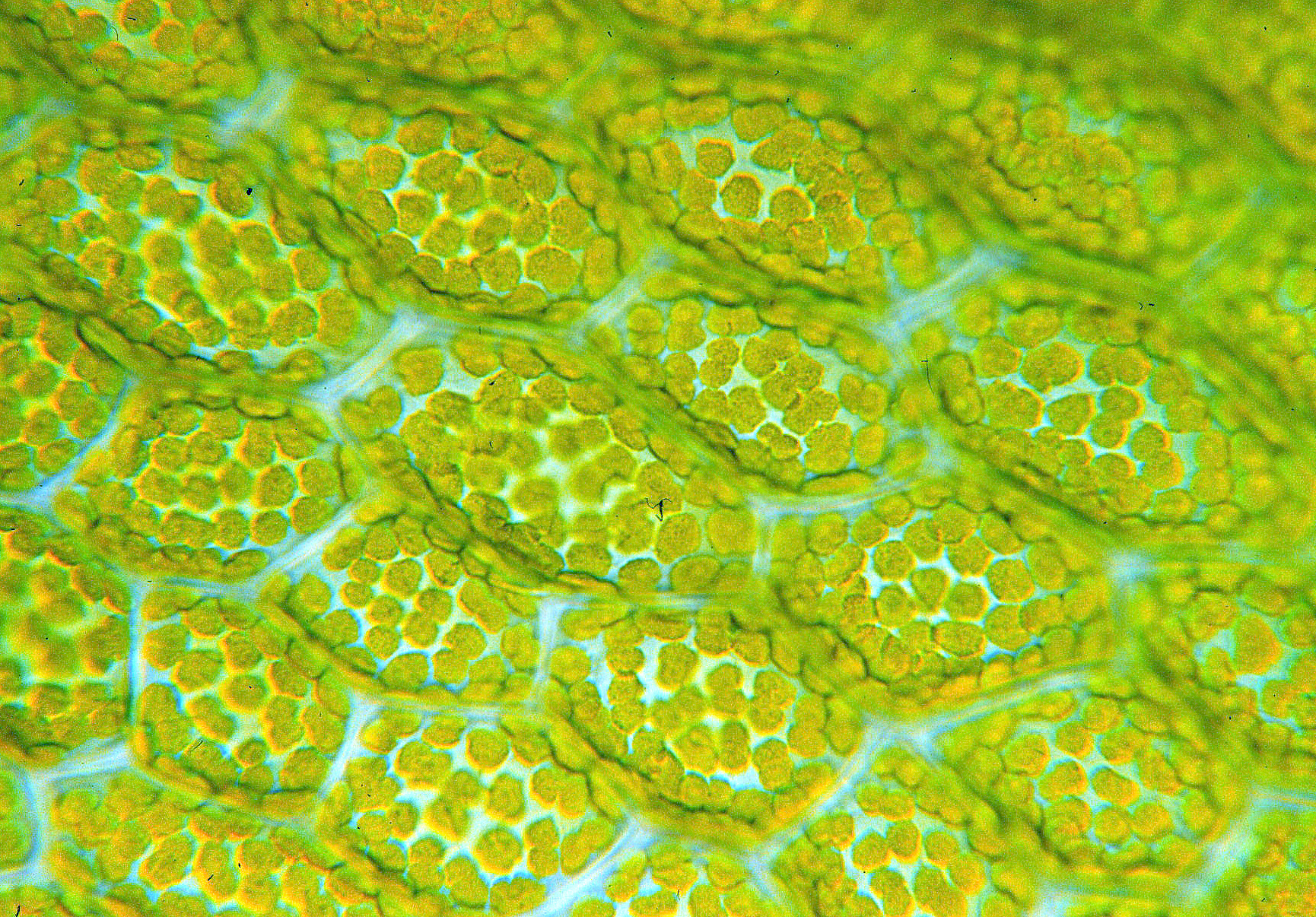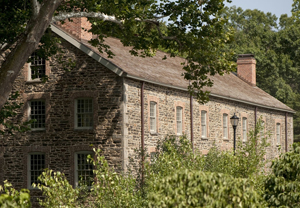|
Elaphoglossum Pattersoniae
''Elaphoglossum pattersoniae'' is a very rare species of fern that is native to Peru and Bolivia. It is very close to '' E. guamannianum'', but is smaller in size, its blade apex is acute-obtuse, it lacks dark arachnidoid scales on its abaxial costa and has fewer blade scales.Mickel, John T. "Three new species of Elaphoglossum from Peru." American fern journal 80.3 (1990): 110-112. It is named after Juliet Patterson, a New York Botanical Garden collaborator. Description Its rhizome is compact and horizontal; its scales linear and a lustrous red-brown in colour, about in size. Phyllopodia are present, with fasciculate fronds which are between long and between broad. Its scales are between . Its veins are at a 55-60° angle, and hydathode A hydathode is a type of pore, commonly found in angiosperms, that secretes water through pores in the epidermis or leaf margin, typically at the tip of a marginal tooth or serration. Hydathodes occur in the leaves of submerged aquati ... [...More Info...] [...Related Items...] OR: [Wikipedia] [Google] [Baidu] |
Fern
A fern (Polypodiopsida or Polypodiophyta ) is a member of a group of vascular plants (plants with xylem and phloem) that reproduce via spores and have neither seeds nor flowers. The polypodiophytes include all living pteridophytes except the lycopods, and differ from mosses and other bryophytes by being vascular, i.e., having specialized tissues that conduct water and nutrients and in having life cycles in which the branched sporophyte is the dominant phase. Ferns have complex leaves called megaphylls, that are more complex than the microphylls of clubmosses. Most ferns are leptosporangiate ferns. They produce coiled fiddleheads that uncoil and expand into fronds. The group includes about 10,560 known extant species. Ferns are defined here in the broad sense, being all of the Polypodiopsida, comprising both the leptosporangiate (Polypodiidae) and eusporangiate ferns, the latter group including horsetails, whisk ferns, marattioid ferns, and ophioglossoid ferns. Ferns first ... [...More Info...] [...Related Items...] OR: [Wikipedia] [Google] [Baidu] |
Peru
, image_flag = Flag of Peru.svg , image_coat = Escudo nacional del Perú.svg , other_symbol = Great Seal of the State , other_symbol_type = Seal (emblem), National seal , national_motto = "Firm and Happy for the Union" , national_anthem = "National Anthem of Peru" , march = "March of Flags" , image_map = PER orthographic.svg , map_caption = , image_map2 = , capital = Lima , coordinates = , largest_city = capital , official_languages = Peruvian Spanish, Spanish , languages_type = Co-official languages , languages = , ethnic_groups = , ethnic_groups_year = 2017 , demonym = Peruvians, Peruvian , government_type = Unitary state, Unitary Semi-presidential system, semi-presidential republic , leader_title1 = President of Peru, President ... [...More Info...] [...Related Items...] OR: [Wikipedia] [Google] [Baidu] |
Bolivia
, image_flag = Bandera de Bolivia (Estado).svg , flag_alt = Horizontal tricolor (red, yellow, and green from top to bottom) with the coat of arms of Bolivia in the center , flag_alt2 = 7 × 7 square patchwork with the (top left to bottom right) diagonals forming colored stripes (green, blue, purple, red, orange, yellow, white, green, blue, purple, red, orange, yellow, from top right to bottom left) , other_symbol = , other_symbol_type = Dual flag: , image_coat = Escudo de Bolivia.svg , national_anthem = " National Anthem of Bolivia" , image_map = BOL orthographic.svg , map_width = 220px , alt_map = , image_map2 = , alt_map2 = , map_caption = , capital = La Paz Sucre , largest_city = , official_languages = Spanish , languages_type = Co-official languages , languages ... [...More Info...] [...Related Items...] OR: [Wikipedia] [Google] [Baidu] |
Elaphoglossum Guamannianum
''Elaphoglossum'' is a genus of ferns in the family Dryopteridaceae, subfamily Elaphoglossoideae, in the Pteridophyte Phylogeny Group classification of 2016 (PPG I). Taxonomy ''Elaphoglossum'' was first described in 1841 by John Smith, who attributed the name to Heinrich Schott. The name ''Elaphoglossum'' in botanical Latin means 'stag's tongue', in reference to the shape and texture of the leaf fronds.Gledhill D. 1996. ''The Names of Plants''. Cambridge University Press. Species The genus has a large number of species. The Pteridophyte Phylogeny Group classification of 2016 (PPG I) suggested there were about 600; ''Plants of the World Online'' and the ''Checklist of Ferns and Lycophytes of the World'' both listed at least 730 . Species include: *'' Elaphoglossum conforme'' (Sw.) J.Sm. (type species) *'' Elaphoglossum pattersoniae'' Mickel *'' Elaphoglossum serpens'' Maxon & C.V.Morton *''Elaphoglossum tovii ''Elaphoglossum tovii'' is a species of plant discovered by E ... [...More Info...] [...Related Items...] OR: [Wikipedia] [Google] [Baidu] |
Plant Anatomy
Plant anatomy or phytotomy is the general term for the study of the internal structure of plants. Originally it included plant morphology, the description of the physical form and external structure of plants, but since the mid-20th century plant anatomy has been considered a separate field referring only to internal plant structure. Plant anatomy is now frequently investigated at the cellular level, and often involves the sectioning of tissues and microscopy. Structural divisions Some studies of plant anatomy use a systems approach, organized on the basis of the plant's activities, such as nutrient transport, flowering, pollination, embryogenesis or seed development. Others are more classically divided into the following structural categories: : Flower anatomy, including study of the Calyx, Corolla, Androecium, and Gynoecium : Leaf anatomy, including study of the Epidermis, stomata and Palisade cells : Stem anatomy, including Stem structure and vascular tissues, buds ... [...More Info...] [...Related Items...] OR: [Wikipedia] [Google] [Baidu] |
Glossary Of Botanical Terms
This glossary of botanical terms is a list of definitions of terms and concepts relevant to botany and plants in general. Terms of plant morphology are included here as well as at the more specific Glossary of plant morphology and Glossary of leaf morphology. For other related terms, see Glossary of phytopathology, Glossary of lichen terms, and List of Latin and Greek words commonly used in systematic names. A B ... [...More Info...] [...Related Items...] OR: [Wikipedia] [Google] [Baidu] |
New York Botanical Garden
The New York Botanical Garden (NYBG) is a botanical garden at Bronx Park in the Bronx, New York City. Established in 1891, it is located on a site that contains a landscape with over one million living plants; the Enid A. Haupt Conservatory, a greenhouse containing several habitats; and the LuEsther T. Mertz Library, which contains one of the world's largest collections of botany-related texts. , over a million people visit the New York Botanical Garden annually. NYBG is also a major educational institution, teaching visitors about plant science, ecology, and healthful eating through NYBG's interactive programming. Nearly 90,000 of the annual visitors are children from underserved neighboring communities. An additional 3,000 are teachers from New York City's public school system participating in professional development programs that train them to teach science courses at all grade levels. NYBG operates one of the world's largest plant research and conservation programs. NY ... [...More Info...] [...Related Items...] OR: [Wikipedia] [Google] [Baidu] |
Rhizome
In botany and dendrology, a rhizome (; , ) is a modified subterranean plant stem that sends out roots and shoots from its nodes. Rhizomes are also called creeping rootstalks or just rootstalks. Rhizomes develop from axillary buds and grow horizontally. The rhizome also retains the ability to allow new shoots to grow upwards. A rhizome is the main stem of the plant that runs underground horizontally. A stolon is similar to a rhizome, but a stolon sprouts from an existing stem, has long internodes, and generates new shoots at the end, such as in the strawberry plant. In general, rhizomes have short internodes, send out roots from the bottom of the nodes, and generate new upward-growing shoots from the top of the nodes. A stem tuber is a thickened part of a rhizome or stolon that has been enlarged for use as a storage organ. In general, a tuber is high in starch, e.g. the potato, which is a modified stolon. The term "tuber" is often used imprecisely and is sometimes applied to ... [...More Info...] [...Related Items...] OR: [Wikipedia] [Google] [Baidu] |
Hydathode
A hydathode is a type of pore, commonly found in angiosperms, that secretes water through pores in the epidermis or leaf margin, typically at the tip of a marginal tooth or serration. Hydathodes occur in the leaves of submerged aquatic plants such as '' Ranunculus fluitans'' as well as herbaceous plants of drier habitats such as ''Campanula rotundifolia''. They are connected to the plant vascular system by a vascular bundle. Hydathodes are commonly seen in water lettuce, water hyacinth, rose, balsam, and many other species. Hydathodes are made of a group of living cells with numerous intercellular spaces filled with water, but few or no chloroplasts, and represent modified bundle-ends. These cells (called ''epithem cells'') open out into one or more sub-epidermal chambers. These, in turn, communicate with the exterior through an open water stoma or open pore. The water stoma structurally resembles an ordinary stoma, but is usually larger and has lost the power of movement. Hy ... [...More Info...] [...Related Items...] OR: [Wikipedia] [Google] [Baidu] |
Sporangia
A sporangium (; from Late Latin, ) is an enclosure in which spores are formed. It can be composed of a single cell or can be multicellular. Virtually all plants, fungi, and many other lineages form sporangia at some point in their life cycle. Sporangia can produce spores by mitosis, but in nearly all land plants and many fungi, sporangia are the site of meiosis and produce genetically distinct haploid spores. Fungi In some phyla of fungi, the sporangium plays a role in asexual reproduction, and may play an indirect role in sexual reproduction. The sporangium forms on the sporangiophore and contains haploid nuclei and cytoplasm. Spores are formed in the sporangiophore by encasing each haploid nucleus and cytoplasm in a tough outer membrane. During asexual reproduction, these spores are dispersed via wind and germinate into haploid hyphae. Although sexual reproduction in fungi varies between phyla, for some fungi the sporangium plays an indirect role in sexual reproducti ... [...More Info...] [...Related Items...] OR: [Wikipedia] [Google] [Baidu] |
Dryopteridaceae
The Dryopteridaceae are a Family (biology), family of leptosporangiate ferns in the Order (biology), order Polypodiales. They are known Common name, colloquially as the wood ferns. In the Pteridophyte Phylogeny Group classification of 2016 (PPG I), the family is placed in the suborder Polypodiineae. Alternatively, it may be treated as the subfamily Dryopteridoideae of a very broadly defined family Polypodiaceae ''Sensu, sensu lato''. The family contains about 1700 species and has a cosmopolitan distribution. Species may be terrestrial plant, terrestrial, epipetric, hemiepiphyte, hemiepiphytic, or epiphytic. Many are Gardening, cultivated as ornamental plants. The largest genera are ''Elaphoglossum'' (600+), ''Polystichum'' (260), ''Dryopteris'' (225), and ''Ctenitis'' (150). These four genera contain about 70% of the species. Dryopteridaceae Evolutionary radiation, diverged from the other families in eupolypods I about 100 million years ago. Description The rhizomes are ... [...More Info...] [...Related Items...] OR: [Wikipedia] [Google] [Baidu] |






